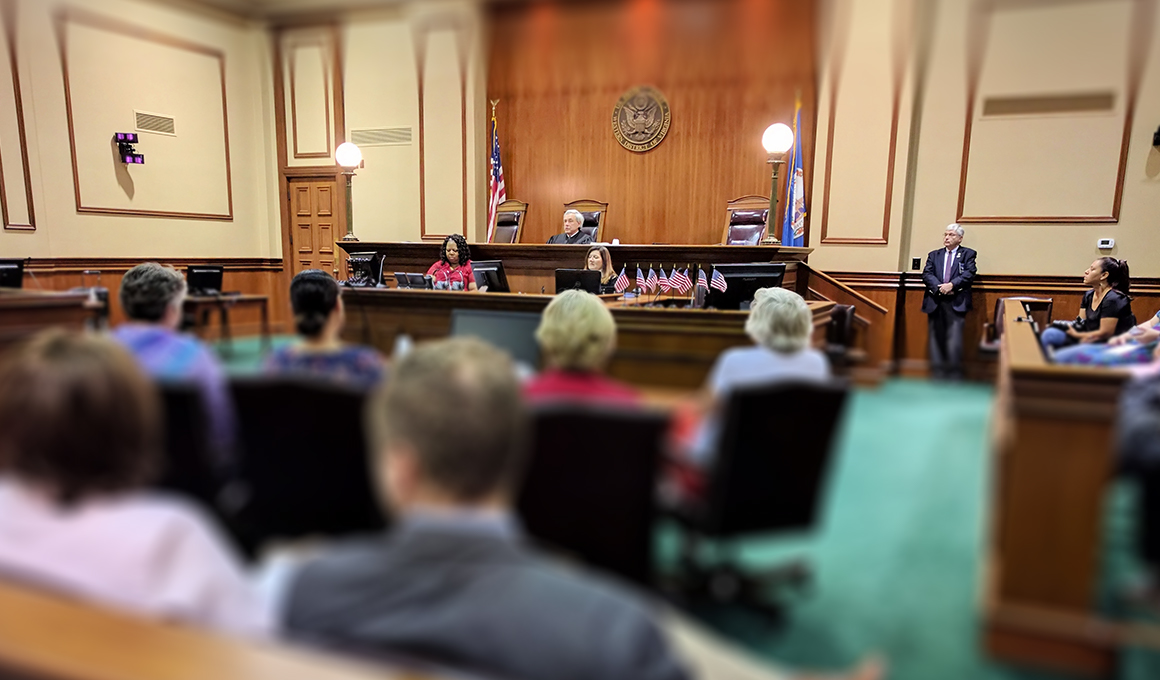How Trial Presentations Enhance Your Debate and Persuade Jurors
Trial presentations work as a critical device for enhancing legal debates and encouraging jurors. By integrating visual help, narrative structures, and emotional interaction, attorneys can develop a compelling instance that reverberates on several levels. The tactical use of visuals not only clears up complex details yet likewise records jurors' interest extra successfully than words alone. The art of narration plays a just as critical function in changing valid evidence into an engaging story, shaping jurors' assumptions. Comprehending these elements can considerably affect test outcomes, increasing the inquiry of how each component adds to this detailed dynamic.

Relevance of Visual Aids
Visual help play an important role in boosting the effectiveness of trial presentations, as they can significantly enhance audience involvement and retention of information. In the context of a test, where jurors are charged with processing facility info, aesthetic aids offer to streamline and clear up crucial factors. Charts, graphs, and pictures can share information and concepts that might or else overwhelm or confuse jurors, enabling for an extra uncomplicated understanding of the proof offered.
Furthermore, visual aids aid in keeping juror interest throughout the process. By damaging the monotony of verbal testament, these devices can punctuate essential disagreements, making them more memorable. Efficient visual help can likewise evoke psychological reactions, which can be critical in persuading jurors to align with the presenter's narrative.

Crafting Compelling Stories
An engaging story is essential in test presentations, as it offers as the foundation of reliable persuasion. It allows attorneys to weave together realities, evidence, and psychological elements into a coherent story that resonates with jurors. This narrative structure enables jurors to comprehend the intricacies of the situation while assisting them via the lawyer's disagreement.
To craft an engaging story, lawyers ought to concentrate on quality and coherence. This entails establishing a clear protagonist-- frequently the customer-- and detailing their journey via the events concerned. Providing the facts in a rational series boosts comprehension and keeps engagement. Furthermore, using brilliant descriptions can produce psychological pictures that help jurors envision the occasions, making the story more memorable.
Additionally, integrating crucial themes throughout the discussion reinforces the core message and aids in retention - trial presentations. The narrative must not only convey info however likewise evoke a sense of justice, highlighting the risks entailed. Inevitably, a well-constructed story fosters a connection in between the jurors and the case, placing the attorney's disagreement as both reputable and image source compelling, thus boosting the chance of a favorable judgment

Involving the Court Psychologically
Efficient jury interaction hinges on the lawyer's capability to connect with jurors on a psychological level. This link can dramatically affect jurors' perceptions and their best decision-making.
Aesthetic aids, such as photographs or video clips, can further enhance emotional engagement, offering jurors with brilliant depictions of the situation's human aspects. Crafting a narrative that highlights the struggles and victories of the individuals included ensures that jurors see past the legal arguments and acknowledge the human consequences of their decisions.
Additionally, tone and body movement play a crucial role in communicating feeling. An attorney's enthusiastic distribution can resonate with jurors, strengthening their psychological financial investment in case. It's vital to balance sob stories with factual proof, guaranteeing that jurors feel urged to act while remaining grounded in the reality. Ultimately, an emotionally involved jury is more probable to be persuaded, making emotional connection an important part of efficient test discussions.
Structuring Your Discussion

The body of the discussion need to be logically fractional into bottom lines, each supported by compelling proof. It is useful to utilize narration methods to weave truths into a narrative that jurors can easily adhere to. Aesthetic aids, such as graphes and videos, can enhance comprehension and interaction, helping to highlight crucial pieces of evidence.
Real-World Study
Examining real-world instance researches provides indispensable understandings right into the art of test presentations Visit Your URL and persuasion. The landmark situation of "O.J. Simpson v. The People of California" illustrates how visual help and engaging stories can persuade jury understandings. The protection team properly utilized a technique that incorporated prominent specialist testaments with multimedia discussions, which captivated jurors and ultimately influenced their decision.
An additional notable example is the "McDonald's Coffee Situation," where the complainant's lawyers utilized graphic images of the injuries suffered by Stella Liebeck. trial presentations. This plain aesthetic evidence played an important role in click here for info sharing the seriousness of her burns, leading to a significant court award. Such cases demonstrate that impactful test presentations usually depend upon the effective integration of visuals and storytelling to evoke psychological responses from jurors
In addition, the "Casey Anthony Trial" highlighted the relevance of narrative coherence and integrity. The prosecution's failure to develop an engaging timeline reduced their persuasive power, underscoring the need of a well-structured discussion. Examining these cases reveals that effective test discussions require critical planning, psychological engagement, and the capacity to resonate with jurors' worths and beliefs.
Verdict
Trial discussions considerably improve arguments and convince jurors via the strategic usage of aesthetic help, compelling narratives, and emotional engagement. A well-structured discussion equilibriums psychological charms with valid proof, inevitably resonating with jurors' values.